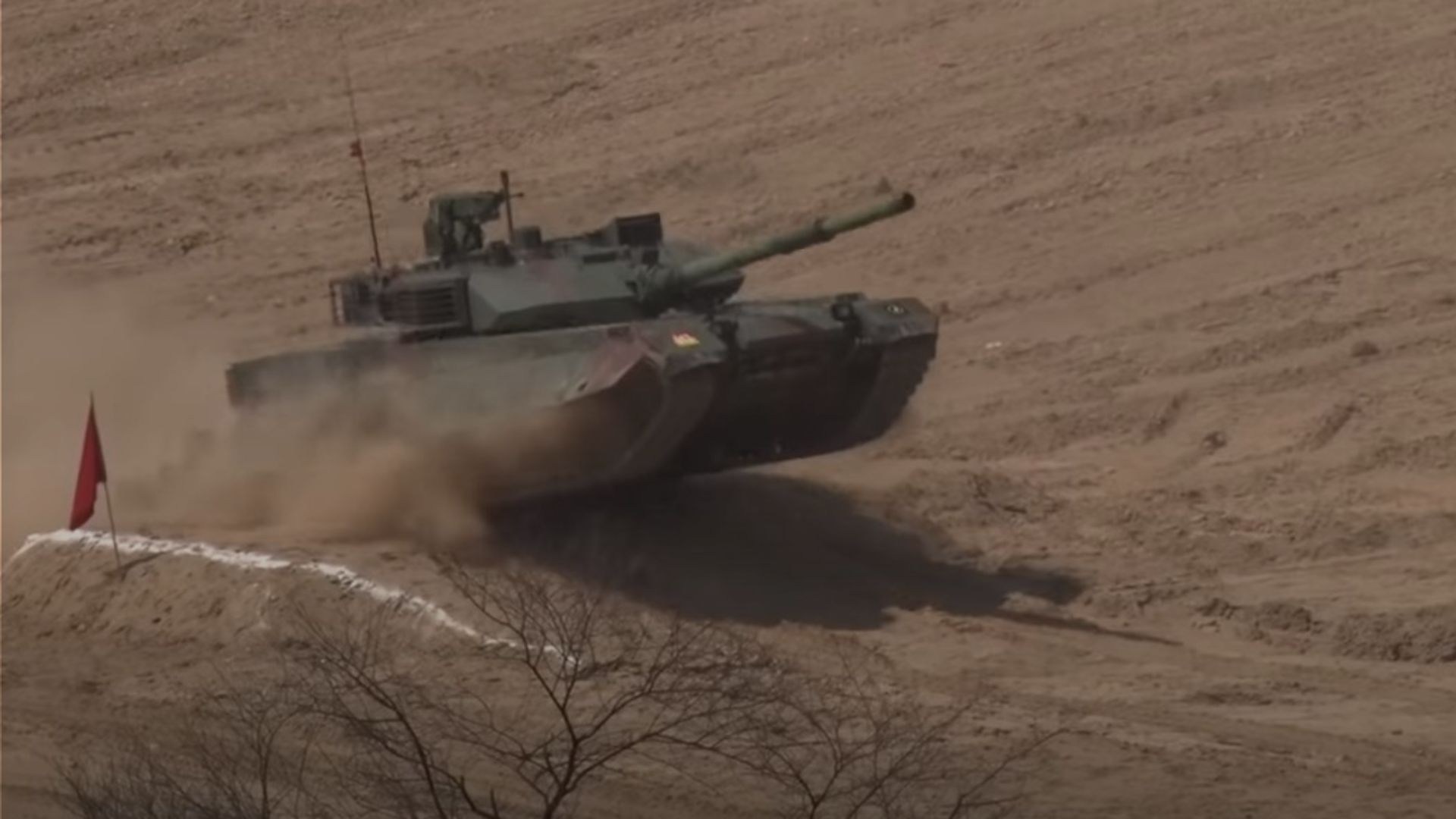6249Views

Heavy Industries Taxila to Develop Active Protection System (APS) for Tanks Quwa Premium
Bilal Khan
Founder of Quwa, Bilal has been researching Pakistani defence industry and security issues for over 15 years. His work has been cited by Pakistan's National Defence University (NDU), the Council of Foreign Relations, Bulletin of Atomic Scientists, Centre of Airpower Studies and many others. He has a Hons. B.A in Political Science and Masters of Interntional Public Policy from Wilfrid Laurier University in Waterloo, Ontario, Canada.
On 14 October 2024, Pakistan’s Heavy Industries Taxila’s (HIT) Advanced Research Development and Information Center (ARDIC) released a tender calling for lab testing and other equipment for a project to develop an active protection system (APS) for main battle tanks (MBT).
An APS is a defensive suite that helps armoured vehicles, such as MBTs, detect and neutralize incoming threats, such as anti-tank guided missiles (ATGM) and loitering munitions.
APS suites involve two main subsystems: a sensor to detect incoming objects and a solution to deprecate or destroy the threat. The latter element can involve either ‘soft-kill’ or ‘hard-kill’ measures.
A ‘soft-kill’ system aims to deprecate a munition’s seeker with smoke or directional infrared emitters, while a ‘hard-kill’ solution will aim to intercept or destroy the threat. APS with hard-kill measures can launch their own munitions at the incoming munition or fire explosively formed penetrators at the nearing munition.
ARDIC is seeking a ‘lab measurement unit’, a ‘radar emulator unit’, and two ‘radar sensing units’. Based on the tender’s details, it seems that ARDIC is planning to use a radar for the sensor portion of the APS. The threat-neutralizing piece of the APS is not yet known, but currently, the majority of radar-based APS solutions can leverage either one or collectively.
It is not known if ARDIC is developing the APS for use on the Pakistan Army’s (PA) MBTs, like the VT-4 Haider and al-Khalid-series, or for an overseas customer. However, one of the goals of the Haider MBT program has been to gradually indigenize its subsystems so as to involve more of the domestic industry into its production process.
To date, ARDIC has developed an original fire control system (FCS) and gun control system (GCS) for the Haider. HIT also manufactures the entire gun system of the Haider. Thus, the ARDIC APS program could be an additional step in the direction towards localizing more of the Haider.
Is the Pakistan Army Seeking an APS?
South Asia is not exempt from the growing adoption of sophisticated ATGMs and loitering munitions. In fact, South Asia is among the leading environments driving the deployment of these weapons across a variety of scenarios, from combined arms manoeuvres to extending counterinsurgency (COIN).
End of excerpt (367/1,006 words)
Existing Quwa Premium members can log in below
Note: Logged in members may need to refresh the article page to see the article.


